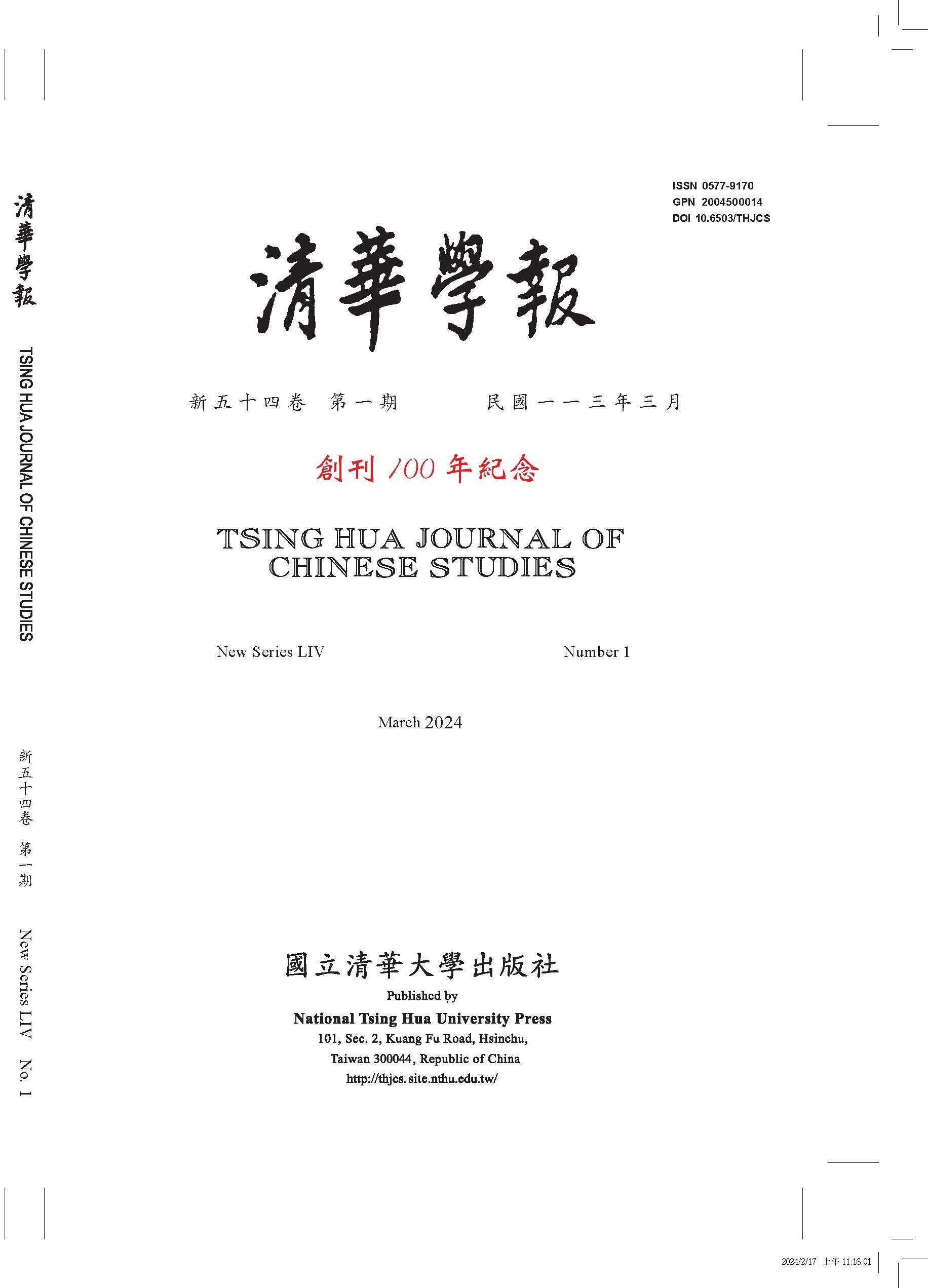The “Presentation” and “Self-Negation” of Liangzhi: The Origin of Mou Zongsan’s “Liangzhi Theory”
Vol. 55 No. 1 03/2025
|
Title |
The “Presentation” and “Self-Negation” of Liangzhi: The Origin of Mou Zongsan’s “Liangzhi Theory” |
|
Author |
Nie Keji |
|
Genre |
Article |
|
Pages |
121-156 |
|
DOI |
10.6503/THJCS.202503_55(1).0004 |
|
Download |
|
|
Language |
Chinese |
|
Key words |
liangzhi 良知, presentation, negation, Mou Zongsan 牟宗三, cognitive mind, heavenly mind |
|
Abstract |
Most of Mou Zongsan’s 牟宗三 (1909-1995) views on the “theory of liangzhi良知” are limited to “the negation of liangzhi,” which in fact includes two aspects: “the presentation of liangzhi” and “the negation of liangzhi.” However, the former aspect is often neglected, so the connotation and relationship of the two must be clarified. In the theory of “the presentation of liangzhi,” the subject presented on the objective side is determined from yuanxue 元學 and zhenti 真體 to li 理 and the heavenly mind (tianxin 天心), while the subjective “mind” is transformed from the “under-metaphysical mind” to the “silent and shining mind” and “metaphysical heavenly mind.” The theory of “the negation of liangzhi” is divided into the negation of the cognitive mind (renshixin 認識心) and the negation of the heavenly mind. The negation of the cognitive mind can lead to the space-time phase, paradigms, four kinds of fixed propositions and organic development, whereas the negation of the heavenly mind negates itself in the cognitive mind in order to achieve knowledge. As for the relationship between the “presentation of liangzhi” and the “the negation of liangzhi,” the two can be exchanged. Elucidating the complete meaning of “the theory of liangzhi” is of great significance to further understanding and reconstructing Mou’s learning. |

